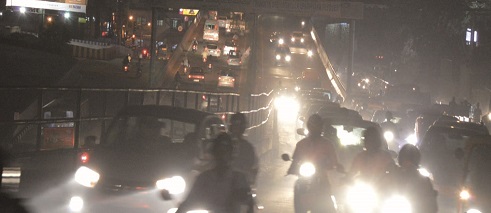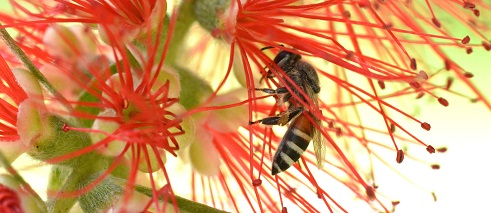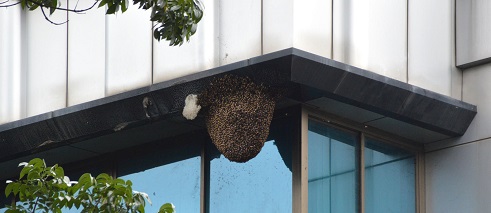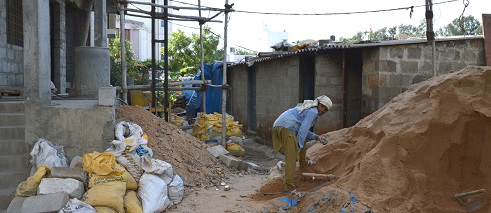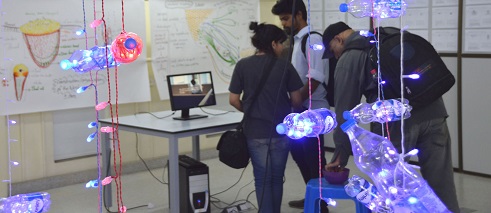Sebastian Marokko Walter
bangaloREsident@NCBS
Not only the city is abuzz:
Sebastian Marokko Walter’s fascination with bees brings him to Bangalore to explore the relationship between humans and bees in this megacity. As visual artist and biologist, he has set his sights on the honey bee.
His artistic work is closely related to scientific research. Core topics of his art are human perception, evolution and development, as well as the interplay of environment, culture, and society. A current focus of interest are insects and how humans perceive them.
After graduation he gained deeper insights into vision research during a stay in Mike Hawken’s lab at the Centre for Neural Science, New York University, NYC, supported by a Herzog-Carl-von-Württemberg stipend. This was followed by several years of intense scientific research on human colour vision, first at the Department of Biological Psychology, Otto-von-Guericke University Magdeburg, then at the Department of General Psychology, Justus-Liebig University Gießen, with Karl Gegenfurtner. Outcomes of this research were published e.g. in Nature Neuroscience, and resulted in various artistic works: For instance, the light installation “Architecture of Light”, Kunststation St. Peter, Cologne (2014), as part of the similarly-titled music theatre project by the Polish composer Prasqual, and recently “Eye [aɪ]“, Städtische Galerie Villingen-Schwenningen (2016).
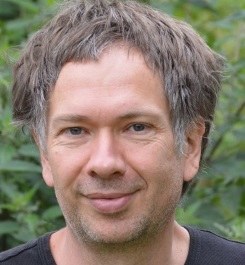
Since 2016, Sebastian M. Walter has been investigating stone-age depictions of animals from northern Mesopotamia at the German Archaeological Institute (DAI) Berlin. Focus of this research is insect figures, which he could identify as probably the oldest known depictions of bees in different developmental stages – nearly 12,000-year-old testimonials of a close cultural relation between humans and bees.
During his bangaloREsidency at the National Centre for Biological Sciences (NCBS) Sebastian M. Walter will continue to work on bees. In Axel Brockmann’s working group, he will investigate the behaviour of honey bees. Additionally he will explore the relationship(s) of humans and bees in the megacity of Bangalore.
Download his publication for his final presentation BEE LAB Bangalore here:
BEE LAB Bangalore
